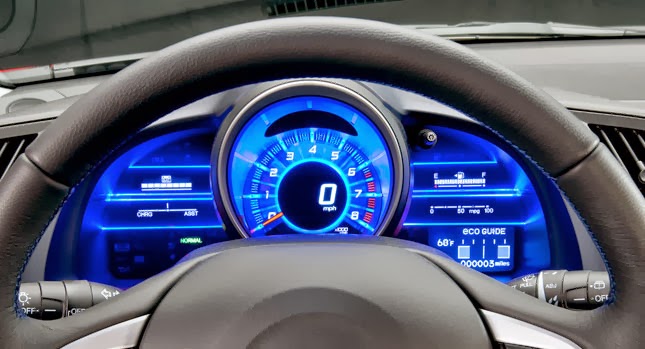It’s a known fact that manufacturers’ fuel consumption ratings are always lower than the figures people get in real life. While carmakers warn buyers that their fuel economy will vary in the real world, the Environmental Protection Agency (EPA) tells automakers that the numbers vary in its laboratory too, and has warned them to reduce the differences.
The average difference between fuel economy numbers submitted by automakers and those from EPA tests has become “unacceptably high” in the past few years, said Christopher Grundler, director of the EPA’s Office of Transportation and Air Quality, according to an Autonews report.
The EPA says the gap nearly doubled from 1.15 percent in 2007 and 2008 model years to 2.25 percent for 2010. However, there was one extreme case in which the difference was 14 percent – enough to increase a car’s rating to 34 mpg (6.9 l/100km) from 30 mpg (7.84 l/100 km).
According to the agency, a reason for the gap is that humans, not robots, drive the test cycles that measure fuel economy. Skilled drivers can help reduce fuel consumption by accelerating and braking gently. “The industry has some very good drivers, and we’ve noticed,” Grundler said, adding that automakers are not cheating, but are exploiting the rules.
Consequently, the EPA has started demanding that automakers submit their “drive trace”, an electronic log of their driving patterns, to see if drivers reducing fuel consumption. However, in the long-term, a solution would be to program robots to operate the accelerator and brake following the EPA test cycle. That would pose another problem though: without the margin of error from a human being, the results would be even more removed from conditions in the real world.
By Dan Mihalascu
PHOTO GALLERY








